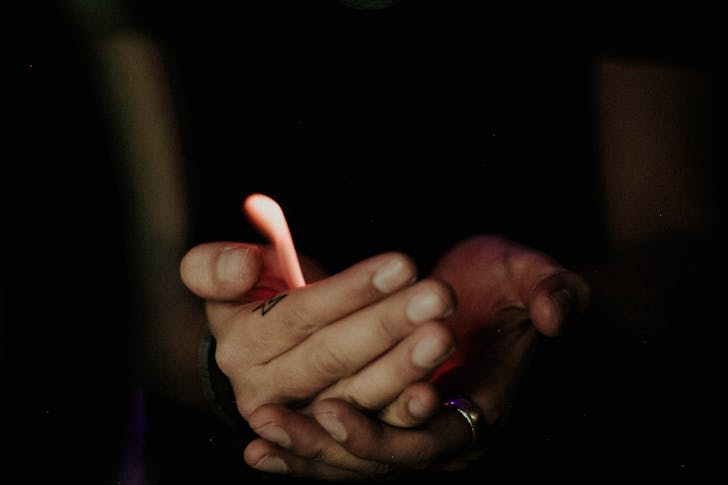Dating and courtship have always been fascinating rituals across cultures and history, often reflecting their times’ values, social norms, and environmental conditions. While modern dating may seem complex with its digital platforms and evolving social rules, it’s relatively straightforward compared to some of the more unusual practices from the past. Let’s dive into some of the most bizarre dating rituals from history, which range from sweetly symbolic to outright bewildering.

1. The Apple of My Armpit (19th Century Rural Austria)
In 19th-century rural Austria, the dance floor was a place for movement and a unique form of courtship involving apples and armpits. Women would place slices of apple under their armpits during dances. At the night’s end, if a woman fancies a man, she would give him the now-aroma-infused apple slice. If the man reciprocated her feelings, he would eat the apple and odors. This ritual, though peculiar to modern sensibilities, underscored the importance of scent in attraction and compatibility long before the days of artificial perfumes and deodorants.
2. Puritanical Thimble and Ring (Puritan America)
The Puritans, known for their strict and austere lifestyle, viewed traditional wedding rings as frivolous. Instead, a suitor would give his bride-to-be a thimble, a practical and symbolic gift reflecting the Puritan values of utility and modesty. The woman would use this thimble to sew items for her new home. By the time of the wedding, she could cut the bottom off the thimble to create a ring, turning a practical item into a symbol of their union. This practice highlights how even the stern Puritans found ways to navigate the social requirements of courtship and marriage within their strict codes.
3. Finnish Knife Courtship (19th Century Finland)
In a tradition that might seem straight out of a fairy tale, Finnish women of a marriageable age once wore empty sheaths on their girdles. A suitor would then make or purchase a knife to place in the sheath of the woman he wished to marry. If the woman returned the knife, the proposal was rejected. However, accepting the knife signified her agreement to the marriage. This ritual emphasized the importance of practical skills and the role of personal craftsmanship in expressing romantic interest and intent.
4. Amish Hot Creamed Celery (Amish Communities)
Amish courtship rituals are shrouded in secrecy, with the community often remaining unaware of an impending wedding until it’s announced in church. An intriguing indicator of a forthcoming marriage is cultivating an abundance of celery in a family’s garden. Hot creamed celery is a staple dish at Amish wedding feasts, so a surplus of this vegetable suggests a daughter is about to be wed. This practice highlights the Amish community’s discreet approach to courtship and the significance they place on tradition and communal participation in celebrations.
5. Welsh Lovespoons (17th Century Wales)
In Wales, spooning takes a literal form through the exchange of lovespoons. This tradition, dating back to the 17th century, involves young men carving intricate wooden spoons to express their affection. The spoons are ornately designed, requiring hours of meticulous work, signifying the depth of the suitor’s interest. Acceptance of the spoon signaled mutual interest and commenced the courtship. While the practice of giving lovespoons as courtship tokens has faded, they remain a cherished symbol of love and are often given on special occasions.
6. Zulu Courting Huts (Zulu Culture)
The Zulu culture offered a unique solution to the universal challenge of finding privacy for young lovers. Instead of allowing suitors to visit their daughters at home, Zulu fathers provided “courting huts” for their daughters. These huts afforded couples privacy away from parental oversight, facilitating personal connection and interaction without flouting social norms or parental authority. This tradition underscores the balance between respecting parental control and acknowledging the individual autonomy of the young couple.
7. Victorian Fan Language (Victorian England)
In the strict social hierarchy of Victorian England, communication between potential lovers was often indirect and highly codified. Victorian women used an elaborate system of fan signals to discreetly communicate their interest or disinterest to suitors. For example, resting a fan on the left cheek signaled disinterest, while a fan on the right cheek indicated interest. This coded language allowed women to navigate the complex social rules of Victorian courtship, expressing preference and consent within the constraints of their era.

Conclusion
As odd as they may seem today, these historical dating rituals offer a window into the past, showing how cultural norms, social structures, and environmental conditions have shaped human mating practices. They remind us that the quest for love and companionship is a universal, albeit diverse, human endeavor.
